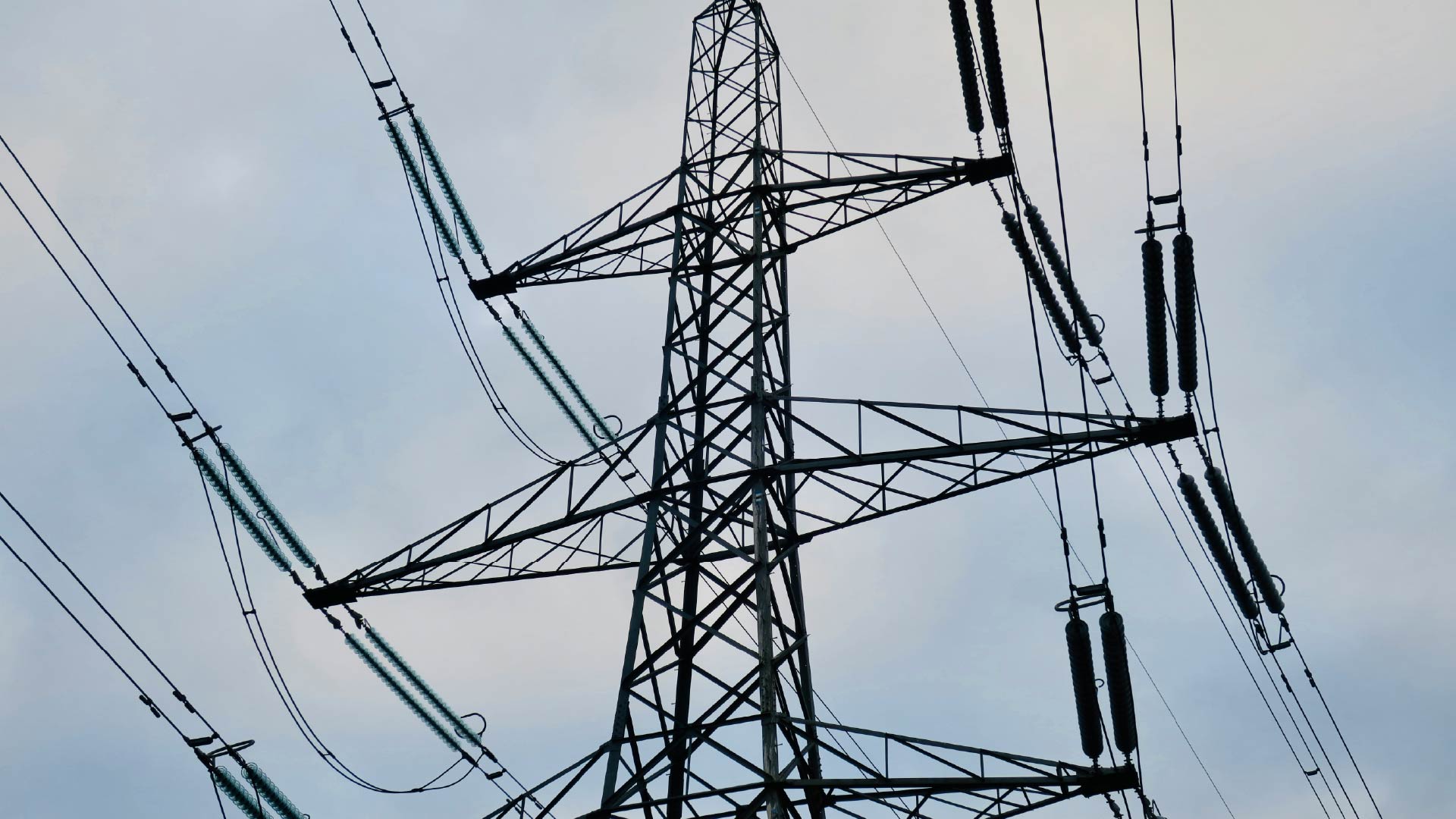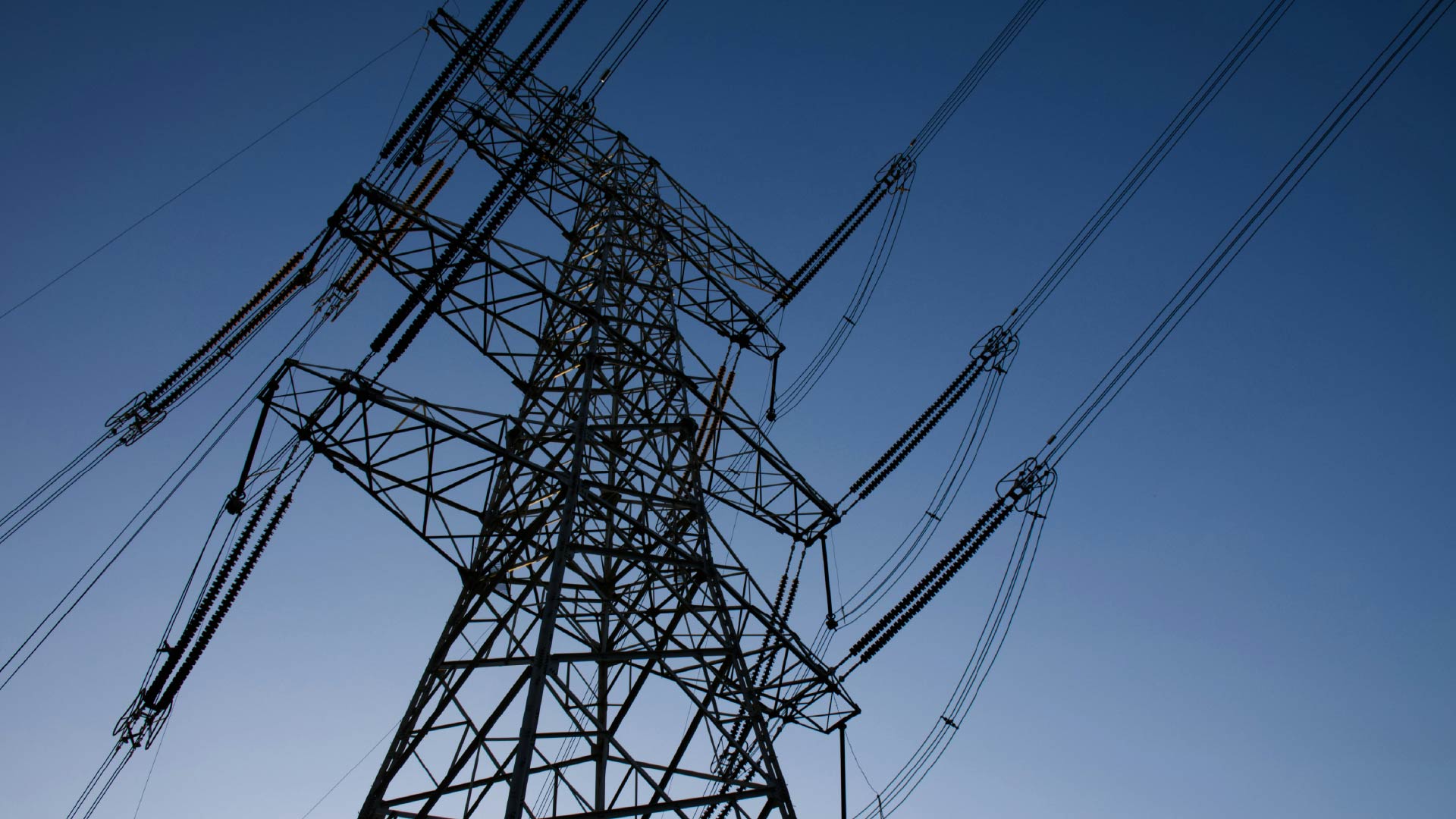Driving Towards Decarbonization: New Report Details How Firms Are Reducing Their Fleet Emissions
As businesses start viewing the electrification and optimization of fleets through the lens of decarbonization, they are setting goals aimed at reducing their fleet emissions. Despite having different industry-specific challenges, firms such as Amazon, AT&T, P&G, Royal Mail and Unilever all have short- and long-term targets to decarbonize their fleets and distribution networks.
Verdantix has identified five ‘levers’ to facilitate and implement fleet decarbonization strategies:
- Optimization of existing fleet.
Usually a first step for many organizations, there are significant emissions reductions and cost savings that come from more efficient routes, reductions of fleet numbers, changes in maximum payloads and adjustments in driver behaviour. Software applications, in-house or commercial, can support fleet management making data-based decisions on firms’ vehicles.
- Electrification of short-haul vehicles.
Smaller vehicles – such as corporate cars or vans – are easier to electrify, especially when they travel predictable distances and routes, because of lower costs, higher supply and shorter charging time. In 2022, Amazon invested over $1 billion in reducing emissions related to the last leg of delivery, including shifting to EVs.
- Electrification of long-haul vehicles.
In the EU, heavy-duty vehicles represent 27% of road emissions. However, the electrification of such vehicles comes with significant challenges, from increased upfront costs to limited supply and charging constraints. To date, electric trucks make up a very small proportion of total fleet numbers, but more and more firms are partnering with automotive OEMs to trial electric trucks and incorporate them into their fleets. DHL has introduced four electric Volvo trucks, while PepsiCo announced the deployment of 21 Tesla electric semi-trucks.
- Use of renewable fuels.
Renewable fuels, manufactured from vegetable oil and animal fat, can serve as an emission reduction lever when electrification is not possible. In 2022, Nestle UK announced the switch of most of its truck fleet to bio-LNG. FedEx is trialling trucks using hydrotreated vegetable oil (HVO), a renewable fuel, as part of its net zero 2040 goal.
- Investigation of hydrogen as a new technology.
Hydrogen-powered fuel cell electric vehicles (FCEVs) may resolve some challenges related to refuelling times and driving ranges for long-haul vehicles, however this technology is not widely used, and less than 20,000 vehicles were sold worldwide in 2022.
The development of key technologies to drive change in fleet decarbonization is picking up the pace, especially for electric vehicles (EVs), charging infrastructures, batteries and alternative fuels. As a result, the fleet decarbonization market kicked off 2024 with several funding rounds and deals. To learn more about technologies to decarbonize fleets and how they are evolving, check out our latest Market Overview: Fleet Decarbonization.
About The Author
.png?sfvrsn=db470322_1)
Alessandra Leggieri
Senior Analyst





